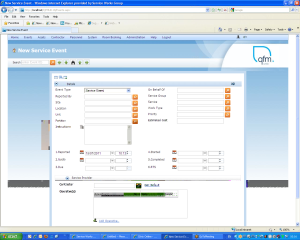While reading a nice PhD thesis from 2014 (in Russian) about new lossless video compression method I laughed hard at lossless video codec descriptions (here’s the link for unbelievers – http://gorkoff.ru/wp-content/uploads/articles/dissertation.pdf, translation below is mine):
To date various lossless videostream compression methods and algorithms have been developed. They are used in the following widespread codecs:
* CorePNG employs deflate algorithm for independent compression of every frame. Theoretically the codec supports delta frames but this option is not used.
* FFV1 employs prediction coding with following entropy coding or prediction error.
* Huffyuv, like FFV1 algorithm, employs predictive coding but prediction error is effectively coded with Huffman algorithm.
* MSU Lossless Video Codec has been developed for many years at Moscow State University labs.
And yet some real world tasks demand more effective compression and thus a challenge of developing new more effective lossless video compression methods still remains actual.
Readers are welcome to find inaccurate, erroneous and outright bullshit statements in this quote themselves. I’d rather talk about lossless video codecs as I know them.
(more…)

